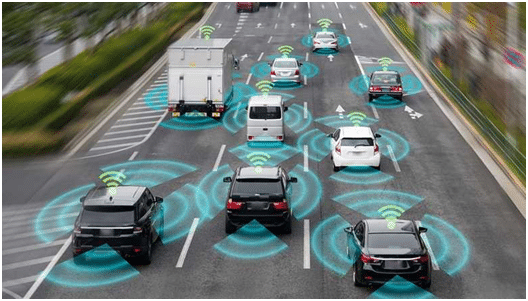Vehicle Telematics System Development
The automotive industry has seen a massive digital transformation in recent years. The integration of IoT with mobility has redefined the status quo in the automotive landscape.
Today, automakers are incorporating cutting-edge technology in vehicles to offer supreme comfort and personalized experiences for drivers and passengers alike. This has led to renewed focus on vehicle telematics system development.
For the success of a telematics development project, it is crucial to collaborate with a trusted partner like Embitel. With automotive domain experience exceeding 16 years, we have been crafting transformative connected car solutions for automotive OEMs and Tier 1 Suppliers across the globe.
At the heart of a vehicle telematics system lies the Telematics Control Unit (TCU). During the design and development of a TCU, engineers may be faced with several challenges. Basic considerations during the design phase would be - accounting for the security features of the telematics application, flexibility of the design to support various communication protocols, and optimisation of performance and power consumption. All this needs to be achieved while staying within the expected cost for solution development.
This is where the collaboration with a leading vehicle telematics system development expert like Embitel is of prime importance. With automotive domain experience exceeding 14 years, we have been crafting transformative connected car solutions for global OEMs and Tier 1 Suppliers
Automotive Telematics Success Stories
Partner with Us for Vehicle Telematics System Development

Insurance Telematics

Fleet Management & Route Tracking
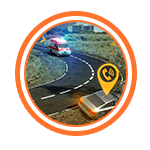
Breakdown, e-call, theft alerts
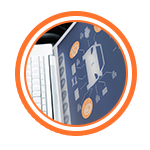
Remote vehicle diagnostics

Monitoring Driver Behavior (AI/ML)
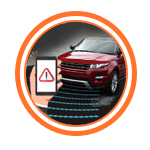
Alerts regarding Road Conditions (AI/ML)
Hardware & Software Development Services for Automotive Telematics
GPS Service Stack for Vehicle Telematics Solutions
Our ready-to-deploy GPS service stack eases the development of a telematics system and shortens timelines considerably. It is a software and hardware micro-stack solution for enabling GPS functionality in telematics.
So, what does this stack do?
- It collects GNSS parameters (latitude, longitude, speed, position date/time, altitude) from the in-vehicle GSM module using USB interface.
- It then parses these packets and extracts the relevant GNSS parameters.
- From the navigation system, this data can be leveraged for location tracking, offering suggestions on best route, providing directions, etc.
The GPS stack software is hardware-agnostic and modularized. With a small amount of customization, it can be seamlessly integrated with different customer hardware platforms.
The GPS service stack architecture is as follows:
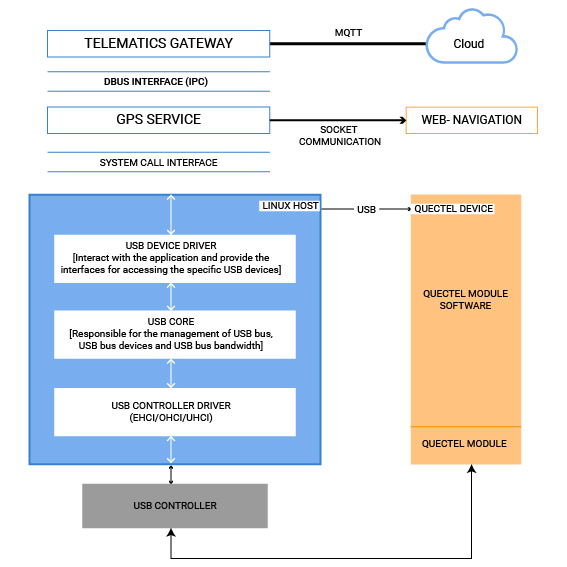
Let’s Power Your Vehicle Telematics Application with the Following Features:
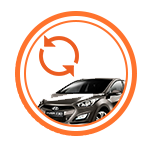
FOTA (Firmware Update Over Air)

Remote access to Vehicle Diagnostics data

Cloud connectivity and data analytics

Vehicle tampering and towing alerts

GPS and CAN interface

3G data, call and messaging
Why Partner with Embitel for Vehicle Telematics System Development?
1
Reduced time to market
Ready-to-deploy software and hardware components to accelerate your telematics control unit and application development initiatives
2
Deep domain expertise
Extensive project delivery experience in embedded automotive engineering, cloud connectivity, and Connected Car Digital Cockpit technology (automotive Infotainment, Head-Up Display solutions, etc.)
3
Regulatory compliance
Design and development of Telematics Solutions in adherence to the AIS-140 regulations and ISO 26262 Standard for Functional Safety (ASIL B/ ASIL C/ ASIL D)
4
Strong team
A diverse team of Embedded Automotive Hardware and Firmware engineers, IoT Cloud solution architects, Application developers, Network engineers, UI/UX developers

Ready to transform your telematics vision into reality?
Automotive Telematics Solutions - Videos
An Introduction to
Telematics Control Unit (TCU) and Telematics Gateway Unit (TGU)
Know about the differences and how TCU/TGU power a Vehicle Telematics Solution
Customer FAQs: ISO 26262 Compliance, Telematics Control Unit Development and More
Ans. Today, automotive telematics is being leveraged by OEMs to design vehicles that stand out from competitors.
The greatest advantage offered by telematics is Cloud Connectivity – This enables data collection based on various parameters such as vehicle location, usage patterns, performance, maintenance needs, etc. Subsequently, vehicle owners are empowered with the ability to keep track of vehicles in a fleet, enjoy social updates and entertainment on the go, monitor traffic conditions in real-time, enable navigation facilities and much more!
Ans. At the heart of a vehicle telematics system lies the Telematics Control Unit (TCU). During the design and development of a TCU, engineers may be faced with several challenges.
Basic considerations during the design phase would be - accounting for the security features of the telematics application, flexibility of the design to support various communication protocols, and optimisation of performance and power consumption. All this needs to be achieved while staying within the expected cost for solution development.
Ans. Our Telematics Solution (Telematics Reference Design Platform) is compatible with Commercial Vehicles, Passenger Vehicles – including four/three/two wheelers.
Telematics Reference Design platform is compatible with both combustion engine as well as Electric Vehicles.
Ans. Following is a snapshot of our Telematics Reference Design platform specifications:
- Vehicle Networking stacks:

- TCU (Telematics Control Unit) hardware components:From a design perspective, a telematics solution for commercial vehicle would be more feature intensive while the one for a two-wheeler would be cost-sensitive.
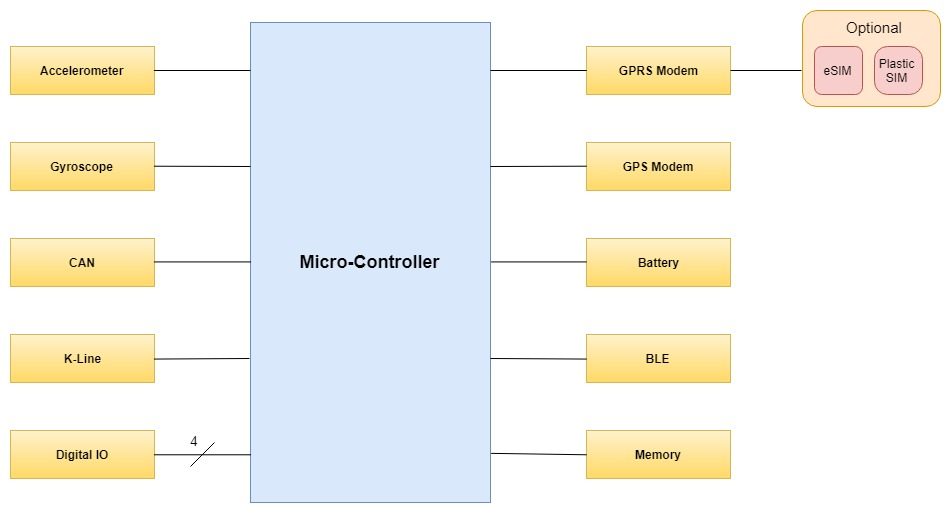
Ans. Following are some of the re-useable components of our Telematics Solution that will ensure reduced time-to-market for your Telematics Product. :
- Hardware reference design
- Software stacks for microcontrollers and application processors
- BSP stacks, vehicle networking and diagnostics stacks;
- Telematics server software
- FOTA reference design:
- Ready to deploy Bootloader Software
- Reusable Algorithms for updating, Identifying and validating various firmware versions
Ans. We have successfully developed telematics solution based on the following microcontrollers and microprocessors:
- Renesas Family of MCUs
- PIC controllers
- Processors from NXP and Texas Instruments
- Qualcomm Snapdragon Processor
Ans. Our automotive telematics design and development services are compliant with AIS-140 regulations. In addition to this, our telematics software is developed using MISRA C compliant code
Ans. Yes we do. Our in-house ISO 26262 Functional safety Consultants will assist you in implementing the ISO 26262 recommended Functional Safety practices.
This will be based on ASIL requirements for your hardware & software components.
Our Automotive Functional Safety team can also provide support in identifying the ASIL requirements (ASIL B/ ASIL C/ ASIL D)
Ans. Definitely we can. In fact, we have partnered with leading brands from the automotive industry – tier 1 suppliers, electric scooter manufacturers and others; for successful porting of their telematics solution from proprietary OS like WinC to open source platforms including Linux and Android.









